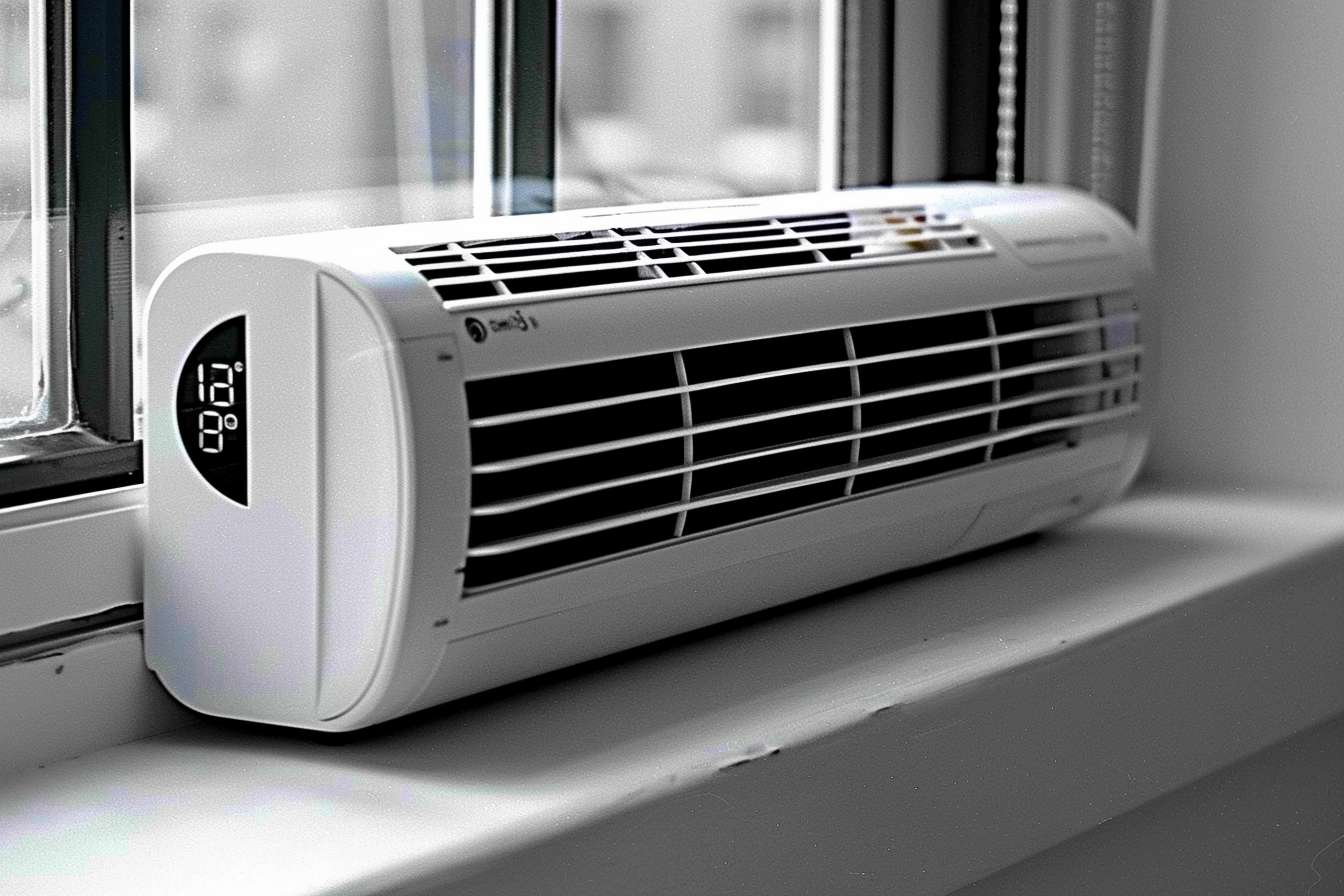Revolutionizing Window Treatments: The Rise of Cordless Cellular Blinds
Cordless cellular blinds provide sleek, modern light control with energy efficiency. Their honeycomb design traps air, keeping rooms cooler or warmer. The cordless lift is child-safe and easy to use, making them ideal for bedrooms, living rooms, or offices.

What are cordless cellular blinds and how do they work?
Cordless cellular blinds, also known as honeycomb shades, are a type of window covering that features a unique honeycomb-shaped structure. This design creates individual cells or pockets that trap air, providing excellent insulation properties. The “cordless” aspect refers to the absence of traditional hanging cords, replaced by an innovative lifting mechanism that allows users to adjust the blinds by simply pushing or pulling the bottom rail.
The cellular structure of these blinds not only contributes to their energy efficiency but also gives them a distinctive, pleated appearance. When raised, the blinds neatly compress into a compact stack at the top of the window, maximizing the view and allowing more light to enter the room.
What are the benefits of choosing cordless cellular blinds?
One of the primary advantages of cordless cellular blinds is their superior energy efficiency. The honeycomb design creates an effective barrier against heat transfer, helping to keep rooms cooler in summer and warmer in winter. This insulation property can lead to significant energy savings over time, making cordless cellular blinds an eco-friendly choice for environmentally conscious consumers.
Safety is another crucial benefit of cordless blinds. The absence of dangling cords eliminates the risk of strangulation, making these blinds an excellent choice for homes with young children or pets. The cordless operation is also intuitive and easy to use, allowing for quick adjustments without the hassle of tangled or broken cords.
What types of cordless blinds are available in the market?
While cordless cellular blinds are a popular option, there are several other types of cordless blinds available to suit various preferences and needs:
-
Cordless Roman Shades: These offer a classic, elegant look with soft fabric folds that stack neatly when raised.
-
Cordless Roller Shades: Simple and modern, these shades roll up into a compact cylinder at the top of the window.
-
Cordless Pleated Shades: Similar to cellular blinds but with a single layer of pleated fabric instead of the honeycomb structure.
-
Cordless Wood Blinds: These provide a natural, warm aesthetic and are often made from real wood or faux wood materials.
-
Cordless Vertical Blinds: Ideal for large windows or sliding glass doors, these blinds feature vertical slats that can be tilted or drawn to the side.
How do cordless cellular blinds compare to traditional corded blinds?
Cordless cellular blinds offer several advantages over their corded counterparts. The most significant difference is safety, as cordless blinds eliminate the strangulation hazard posed by hanging cords. This makes them particularly suitable for homes with children or pets.
In terms of aesthetics, cordless blinds provide a cleaner, more streamlined look without the visual clutter of cords. They also tend to be easier to operate and maintain, as there are no cords to tangle or break over time.
Energy efficiency is another area where cordless cellular blinds excel. Their unique honeycomb structure provides superior insulation compared to traditional blinds, potentially leading to lower energy bills and a more comfortable living environment.
What factors should be considered when choosing cordless blinds?
When selecting cordless blinds, several factors should be taken into account:
-
Window size and shape: Ensure the blinds are compatible with your window dimensions and configuration.
-
Light control needs: Consider whether you need room-darkening or light-filtering options.
-
Energy efficiency requirements: If insulation is a priority, cellular blinds may be the best choice.
-
Aesthetic preferences: Choose a style and color that complements your existing décor.
-
Budget: Cordless blinds can vary widely in price, so determine your budget beforehand.
-
Cleaning and maintenance: Some types of cordless blinds may be easier to clean than others.
How much do cordless cellular blinds typically cost?
The cost of cordless cellular blinds can vary significantly depending on factors such as size, material quality, and brand. Here’s a general overview of price ranges for different types of cordless blinds:
| Type of Cordless Blind | Low-End Price Range | Mid-Range Price Range | High-End Price Range |
|---|---|---|---|
| Cellular Blinds | $30 - $60 per window | $60 - $150 per window | $150+ per window |
| Roman Shades | $40 - $80 per window | $80 - $200 per window | $200+ per window |
| Roller Shades | $25 - $50 per window | $50 - $120 per window | $120+ per window |
| Wood Blinds | $50 - $100 per window | $100 - $250 per window | $250+ per window |
Prices, rates, or cost estimates mentioned in this article are based on the latest available information but may change over time. Independent research is advised before making financial decisions.
Cordless cellular blinds have revolutionized the window treatment industry by offering a perfect blend of style, functionality, and safety. Their unique honeycomb structure provides excellent insulation, while the cordless operation ensures ease of use and child safety. With a variety of types available, from cellular to roller and Roman shades, there’s a cordless option to suit every home and preference. As energy efficiency and safety continue to be priorities for homeowners, the popularity of cordless cellular blinds is likely to grow, cementing their place as a smart choice for modern window coverings.




